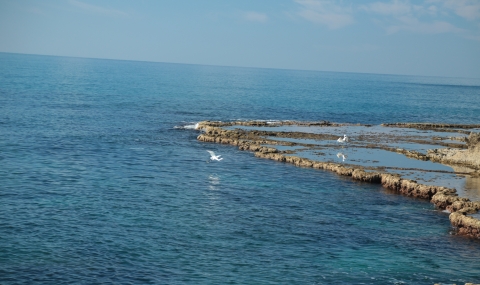The climatic and environmental conditions of the south Mediterranean Sea during the late Holocene became a subject of intensive research due to the fact that the region is affected by, and responds to, global climate phenomena and local anthropogenic stress that cause long term and short time fluctuations in the water budget and the carbon cycling of the region. However, there are very few marine climate archives that can provide high-resolution information about the seawater characteristics, the surface water productivity and the hydrological cycle of the past 1000-2000 years. We use the isotopic compositions of vermetid reefs as indicators of past variations in the marine environment. The vermetid’s CaCO3 skeleton offers two isotopes that potentially contain a rich source of environmental information. The oxygen isotopes retain information about sea surface temperature and isotopic composition of seawater at the time of deposition, which are directly linked to the climate and hydrological budgets of the region. The carbon isotopes provide information about primary production, carbon cycling and storage, air-sea exchange of CO2 and anthropogenic impact on the surface water characteristics. We calibrated the isotopic composition of the skeleton in order to obtain the exact relations between the skeleton and the surrounding environment.
Currently we have drilled, 14C-dated and analyzed vermetid cores from Israel, Cyprus, Italy, Crete, Tunis and Spain in order to document the natural and anthropogenic changes in the Mediterranean surface waters characteristics. We Have discovered that the Eastern Mediterranean has changed to a new state with a recent unprecedented warming and oligotrophy within the last millennium.


